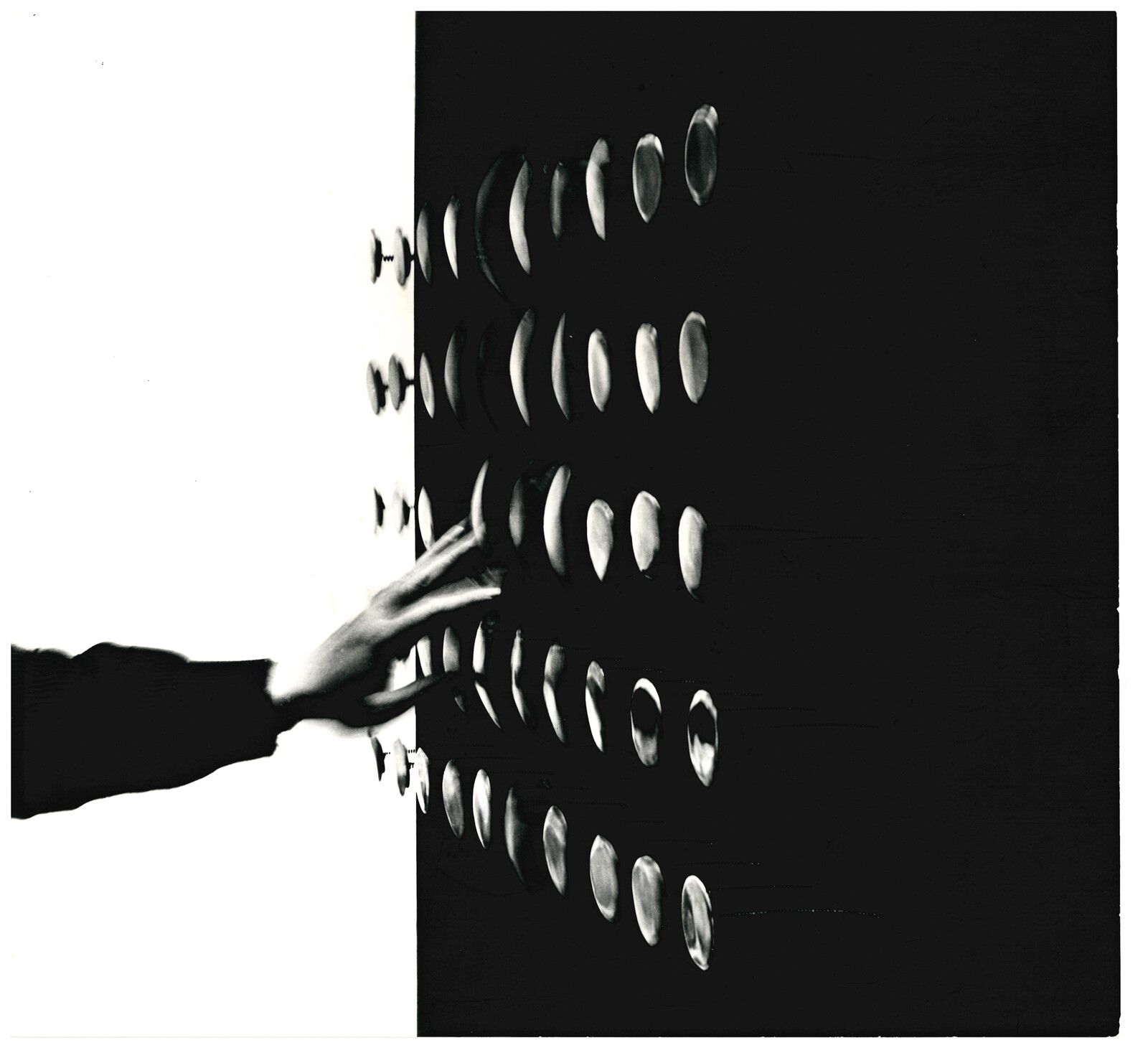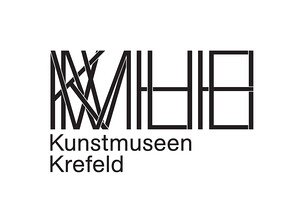The Sound of the Material in the Art of the 1950s to 1970s
November 25, 2022–March 26, 2023
Kaiser Wilhelm Museum, Joseph-Beuys-Platz 1, 47798 Krefeld
Joseph-Beuys-Platz 1
47798 Krefeld
Germany
Hours: Tuesday–Sunday 11am–5pm,
Friday–Saturday 11am–6pm
T +49 2151 975580
kunstmuseen@krefeld.de
With ON AIR, the Kunstmuseen Krefeld are dedicating an exhibition for the first time to the power of sounds and noises. In the art of the 1950s to the 1970s, sounds, tones, noises, and silence, as well as musical compositions, became the material that enabled a new form of sculpture and a different understanding of space. The objects, installations, and video works that now emerged are more event and process than a work of art designed for perpetuity. The exhibition features some fifty objects, installations, works on paper, paintings, videos, and performances by twenty artistic positions, thus providing insight into early sound art as it developed from kinetics to conceptual art.
From the 1950s onwards, art was set in motion, and many artists experimented with materials and things that had not previously been encountered in the context of fine art. They experimented with fire, fat, coal, and new types of synthetic materials, as well as with acoustic sounds—from silence and noise to classical scores. Sounds, noises were considered and used as both sculptural and temporal materials. Artists used everyday and industrially produced things and machines as sound sources, while also working with electronically produced sounds (radio, tape, video). For example, the Swiss artist Jean Tinguely used parts of the mechanics of a railroad crossing, reassembling them into a fantastic object and producing a piercing “bing” sound that inevitably recalls this very situation: the railroad crossing. In a video work, Bruce Nauman plays the violin and, through a permanently repetitive sweeping of the bow across the strings, produces a minimalist, tedious sound that enters into a synthesis with the video image.
In this phase of the dissolution of the boundaries of art, artists became researchers and technicians and sought proximity to the international New Music scene. The American composer John Cage, who turned everyday ambient sound into a compositional element, is an important point of reference for many—just as, for example, the Studio for Electronic Music of the WDR broadcasting company in Cologne with Karlheinz Stockhausen represents a center for interdisciplinary exchange.
To this day, the resounding, rattling, screeching objects and installations beg to be seen and heard—and also invite viewers to participate—thus demanding synesthetic perception.
The exhibition ON AIR provides extraordinary insights into the art of the 1950s to the 1970s and focuses on the interaction between sound and object, sound and space. In doing so, it provides an in-depth exploration of the broad field of sound art. With the choreographed presentation, which transforms the tour on the second floor of the Kaiser Wilhelm Museum into an audiovisual experience, the museum will go “ON AIR,” starting November 25.
RESONANCE SPACE
While the exhibition focuses on how visual artists use sound as a material, in the RESONANCE SPACE, attention is shifted to music. It demonstrates how composers and musicians developed new, sculptural sounds with everyday objects and electronic technology. This reversal of perspective condenses the resounding image of time and illustrates how visual artists and musicians have always worked together.
Partners: Institute of Musicology of the University of Cologne, Lower Rhine Symphony Orchestra, Theater am Marienplatz, Mediothek, and Christian Faubel
Artists: Yaacov Agam, Arman, John Baldessari, Joseph Beuys & Henning Christiansen, Pol Bury, Jan Dibbets, Herman Goepfert, Yves Klein, Jannis Kounellis, Bernhard Leitner, Bruce Nauman, Reiner Ruthenbeck, Curt Stenvert, Daniel Spoerri, Takis, Jean Tinguely, David Tudor & Composers Inside Electronics, Günther Uecker, Timm Ulrichs, Günter Weseler
The exhibition is a cooperation project with the Museum Tinguely, Basel.
On the occasion of the exhibition, a 320-page, richly illustrated catalog will be published by DCV Verlag.
Curator: Dr. Sylvia Martin, Kunstmuseen Krefeld
The Kunstmuseen Krefeld are a cultural institution of the city of Krefeld.

